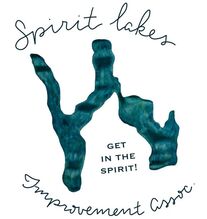Just to remind everyone, when water temps reach 65 to 70F, and rain events cause organic material to run into natural waterbodies, the conditions are excellent for the columnaris bacteria (Flavobacterium columnare) to thrive and multiply. Combine this with increases in spawning hormones (or other stress) which suppress the fishes' immune system, and you have the ideal recipe for a columnaris outbreak. Often just a single species/yearclass is affected. Other times, a multi-species kill can occur. The most commonly affected fish in Wisconsin are bluegills, crappies, yellow perch and bullheads. I have attached a few scanned photos from historic columnaris kills showing the characteristic yellow necrotic areas on the gills, eroded gill filaments, and sloughing skin. The bacteria are so aggressive they can also erode the maxillae and mandible. The time from infection to death can be very short (24 hours) depending on the amount of bacteria in the water and level of stress the fish experiences. The fish die from osmoregulatory imbalance. (Electrolytes leak out of the eroded/necrotic areas).
If you can see these signs in fish from a fish kill that occurs in late May through June, the cause is likely columnaris and there is no need to send fish to Madison for necropsy. If you do not feel 100% sure that columnaris is the cause of a kill, call me and make arrangements to send fish to Madison. Let me know if you have any questions.
Sue
Susan Marcquenski
Fish Health Specialist
WI Department of Natural Resources
Box 7921
Madison, WI 53707
phone:608.266.2871
FAX: 608.266.2244
e-mail: [email protected]

